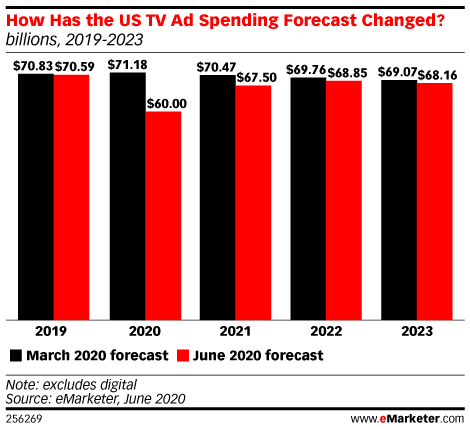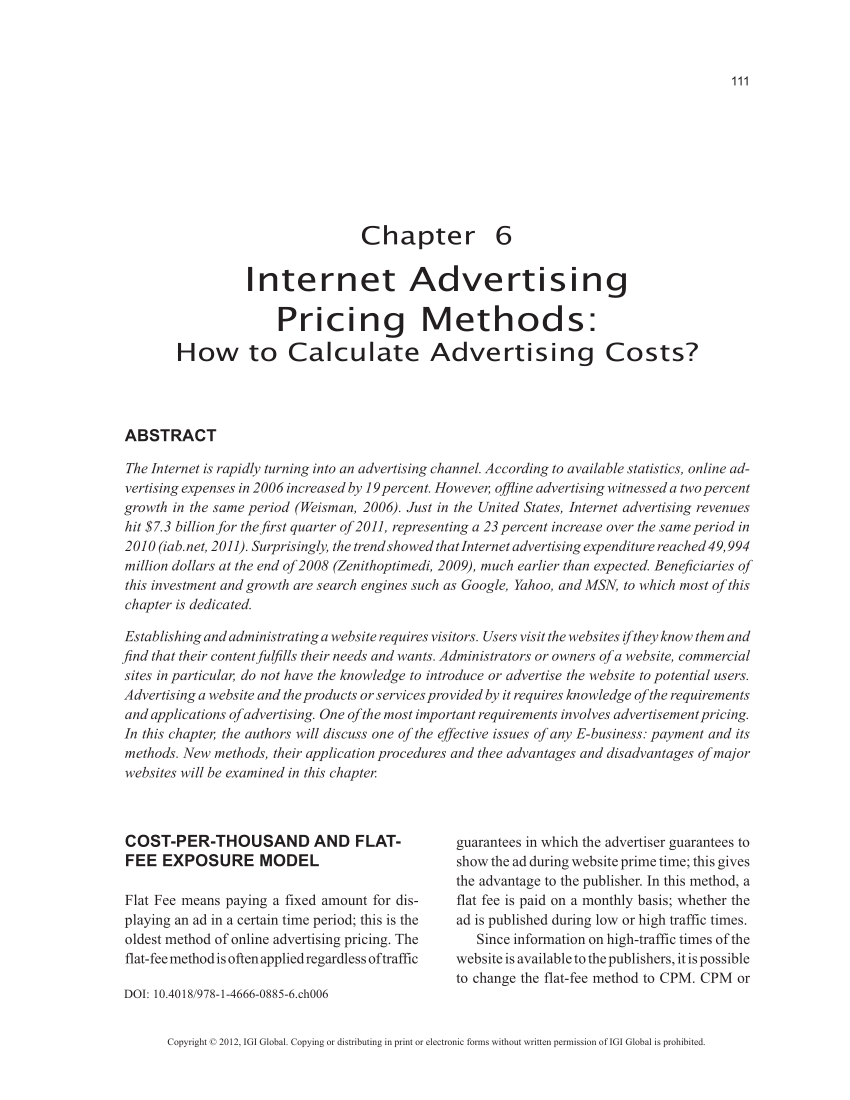
The Food and Drug Administration (FDA) regulates food and drugs in the United States. The agency's mission is to protect the public from unsafe products and ensure the safety of medicines and medical devices. It is a regulatory agency that was established in early 20th-century. However, until the late 1960s, its regulations on drug advertising did not change.
Although the FDA has a lot of importance, it isn't necessarily the only authority on drug advertising regulation in America. Many countries around the world have prohibited or restricted drug ads.
Although the FDA doesn't prohibit direct-to consumers advertising of prescription medications in the United States, it does require advertisers to follow certain rules. These rules include not claiming specific medical benefits or exaggerating side effects and not providing misleading information. Drug companies must also disclose all potential risks and benefits.

TV advertisements are one of drug companies' most effective methods to convince people to use their products. Many of these ads feature clever video productions with music that are intended to inspire people to take the medication seriously. These ads may include suggestions for people to "ask a doctor" about the product. They can be powerful tools to influence people into buying expensive medicine.
Merck's Vioxx, an antibiotic for inflammation, had a $2.5 Billion annual sales figure in the early 2000s. In a 60 second spot, Dorothy Hamill, figure skater, promoted the drug. Merck put the drug on market, but FDA was unable stop it. This was because Merck had to prove it could "substantially evidence" that the medicine was safe and effective.
The American Medical Association is also urging against drug commercials. They argue that they make it more likely that people will take expensive drugs and encourage consumers to switch to less expensive brands. These ads help pharmaceutical corporations continue developing new medicines and they don't want to scare people away from expensive medicines.
The FDA's ad policy is no longer as strict as it was once. In fact, the agency has relaxed some of its policies, particularly concerning TV ads. The FDA had previously required that companies disclose certain information when advertising before the study was done. To air a TV ad for a drug, it must include a 1-800 number. An FDA requirement was that the ad include a list of all possible adverse effects.

Recent research looked at the effects of antidrug advertisements on high school and middle-school students. In particular, the researchers investigated the relationship between antidrug commercials on television and drug usage, attitudes toward drug addiction, and beliefs and fears about drug use. These results varied according to grade.
The recall of anti-drug advertising was more common in high school than it was for middle school students. The average number of youth exposed to anti-drug TV ads was significantly lower than it was in 1995. Furthermore, there was a significant correlation between recall of anti-drug television advertisements and marijuana-focused anti-drug advertising. Additionally, there was strong correlation between the amount anti-drug advertising youth saw and their substance use attitudes.
FAQ
What is radio advertising?
Understanding the interactions between different media is essential. It is important to understand that all media forms are complementary and not competitive.
Radio advertising is best when used in conjunction with television. It can reinforce key messages and provide additional information.
For radio listeners, TV commercials can often be too long. Radio ads are often shorter and cheaper.
How much does it take to advertise on social networks?
Social media advertising is expensive if you choose to take this route. You will be charged monthly depending on your time on each platform.
Facebook - $0.10 for 1,000 impressions
Twitter - $0.20 for 1,000 impressions (if tweeting)
Linkedin - $0.30 for 1,000 impressions if your send out invitations
Instagram - $0.50/1000 impressions
Snapchat - $0.60 for 1,000 impressions ($0.40 Per User)
YouTube - $0.25 for 1,000 views
Tumblr $0.15 for 1,000 impressions text posts
Pinterest - $0.05 per 1,000 impressions per month
Google+ - $0.15 to $0.0.20 per 1,000,000 impressions
Tumblr $0.15- $0.20 for 100,000 impressions
Vimeo - $0.20 to $0.25 per 10,000 impressions
Soundcloud – $0.20-$0.25 for 1 million plays
StumbleUpon - $0.20 -$0.25 per 1 billion pageviews
Digg - $0.20 to $0.25 per 1000 diggs
Reddit - $0.20 - $0.0.25 per 1000 Comments
Wordpress - $0.20 - $0.25 for 500 comments
Flickr - $0.20 -- $0.25 per 5,000 photo uploads
What is advertising's main purpose?
Advertising is more about connecting with customers than just selling products.
Advertising is about communicating your ideas and values to people who already care about what you have to say. It's about changing people's attitudes. It's all about building relationships.
It's about helping people feel good about themselves.
But if you don't know what your customers want, you can't sell anything to them.
Prior to you begin any advertising project, make sure you understand your customer's buying habits and needs.
This will allow you to create ads that resonate with your target audience.
What do you need to know about internet advertising?
Internet advertising is a key part of any business strategy. It allows businesses to reach potential clients at a low price. There are many forms of internet marketing. Some are free while others may require payment.
There are also several ways to advertise on the internet, including banner ads, pop-up ads, search engine optimization (SEO), pay-per-click (PPC) advertisements, social media marketing, e-mail marketing, and mobile marketing. Each method comes with its own set of advantages and disadvantages.
What is branding?
Branding is how you convey who you really are and what you believe in. It's how people remember you and your name.
Branding is all about creating an identity that makes your company memorable. Branding is more than a logo. It encompasses everything, from the physical appearance of your company to the voice and tone used by your employees.
Because customers know exactly what they are getting, strong brands help them feel confident in purchasing from you. This gives customers the confidence to choose your products over other brands.
Apple is a great example of a brand-named company. Apple is a well-known brand for its elegant design, high quality products and excellent customer service.
Apple's name is synonymous with technology. Apple is what people think about when they see a smartphone, computer or tablet.
You should think about creating a brand if you are considering starting a business. This will give your brand a personality.
Social media is a great way to advertise your business.
Social Media Marketing is a way to reach customers on social media platforms such as Facebook and Twitter. You can also target certain groups on these networks with keywords.
This advertising method is much more affordable than traditional marketing methods because it costs less to market online. It also allows you to build strong relationships with your current and potential clients.
It is simple to get started using social media for your business promotion. All you require is a smartphone, computer or laptop and Internet access.
What are the basics of print advertising?
Print advertising is a good medium to communicate effectively with consumers. It is used by many companies for promoting products and services. The key objective is to capture the attention of the consumer.
Print ads are usually short (one page) and contain text, pictures, logos, and other graphics. These ads may include sound, animation and video as well as hyperlinks.
The main types of print advertisements are classified as follows:
1. Brochures are large-format printed materials that are designed to draw people into shops. They are often filled with colorful images and catchy designs.
2. Catalogues: These are smaller versions or brochures. These are often sent to customers who have asked for information on particular items.
3. Flyers are small pieces or paper distributed at events such concerts and fairs. Flyers can be handed out at retail outlets for a small fee, but are generally free.
4. Posters – These are larger versions than flyers. They can be displayed on fences, walls, or buildings. These are often created with computer software programs to grab the attention of passersby.
5. Direct mail - This refers to letters or postcards mailed directly to potential customers. Companies send these out periodically to remind existing customers about their business.
6. Newspaper Ads - These are placed in newspapers and magazines. They are usually quite long and contain both text and images.
Statistics
- It collects money from the advertisers, keeps 32% for its role in facilitating the process, and the remaining 68% goes to the publisher (you). (quicksprout.com)
- Advertising spending as a share of GDP was about 2.9 percent. (en.wikipedia.org)
- In 1919 it was 2.5 percent of gross domestic product (GDP) in the US, and it averaged 2.2 percent of GDP between then and at least 2007, though it may have declined dramatically since the Great Recession. (en.wikipedia.org)
- Advertising's projected distribution for 2017 was 40.4% on TV, 33.3% on digital, 9% on newspapers, 6.9% on magazines, 5.8% outdoor, and 4.3% on radio. (en.wikipedia.org)
External Links
How To
How to display ads on your website
Advertisements are an important part of any business. They reach potential customers, and keep them coming back.
Ads also let you promote your products and services without spending money directly on advertising.
Google Adsense can be used to display image and text advertisements on your website, blog, forum, or any other online content.
Google Adsense allows for you to earn revenue with each click of ad hyperlinks displayed on your website. It doesn't take any code to create your ads.
To get started, just sign up for a free account at www.google.com/adsense. Follow these steps to get started:
-
Use the Ad Builder to create your ads. The tool lets you create different ads, including text, images, video, and interactive ads.
-
Once you have created your ads you will need to upload them into your AdSense account. Click "Upload" in the left-hand navigation to do this.
-
Next, add keywords that are related to your product/service so your ads show up in search results relevant for your niche.
-
Finally, copy the ads you want to paste into the appropriate parts of your website. After all these steps are completed, your ads should be automatically added to your site.
-
If visitors click on one your ads, they will be taken to another page where they may purchase your products or services.
-
Each time someone clicks on your AdSense advertisement, they earn money.
-
Click the My Account tab to see reports that detail the performance.
-
You can also download your earnings in a CSV file.
-
Changes to your ads or your target audience can help you increase your earnings.
-
You can also pause and delete your ads at any moment.
-
You can also contact us with questions or concerns.